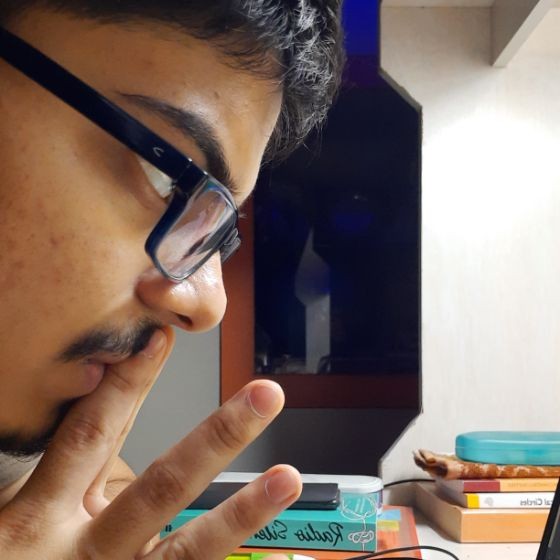The Science of Anime Waifus

So if you have been around the anime community long enough, you surely have heard of the term “waifu”. Declarations like “She’s my waifu!” might make you wonder what does it even mean to marry a character, and why does the said person express such keen interest in 2D characters. In this article I try to demystify the appeal of anime girls, with science of course.
What is a Waifu?
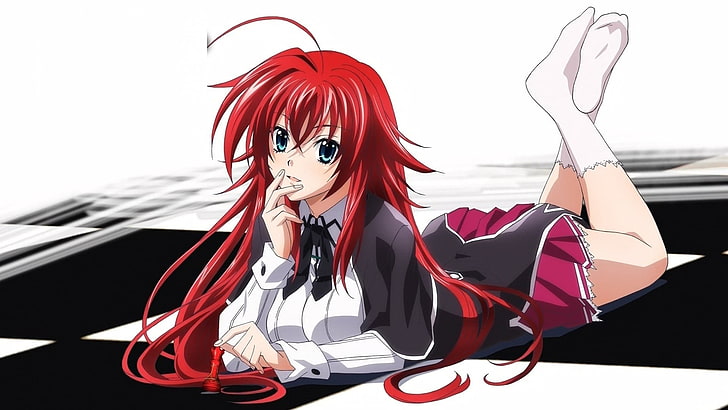
‘Waifu’ probably comes from the Japanese pronunciation of the English ‘wife’. However, it does not mean a literal wife. The character might simply be the most liked by the person, either romantically or non-romantically. A waifu can be an anime character, but can also come from games (like Genshin Impact). VTubers are also waifu-able. Hardcore fans of said character might buy merchandise like figurines and posters, deepening their affection for their waifu.
Why Has Anime Spawned the Waifu Culture?
Japan’s print and visual media have an obsession for cuteness. The Japanese word for cute, ‘kawaii’, goes beyond what cute means for English-speaking people. ‘Kawaii’ is used to describe the culture of cuteness. The character’s style, mannerisms and personality all contribute to the ‘kawaii coefficient’.
A second, complementary trend has come around prominently since the early 2000s which has led to the explosion of waifus. The ‘moe’ aesthetic.
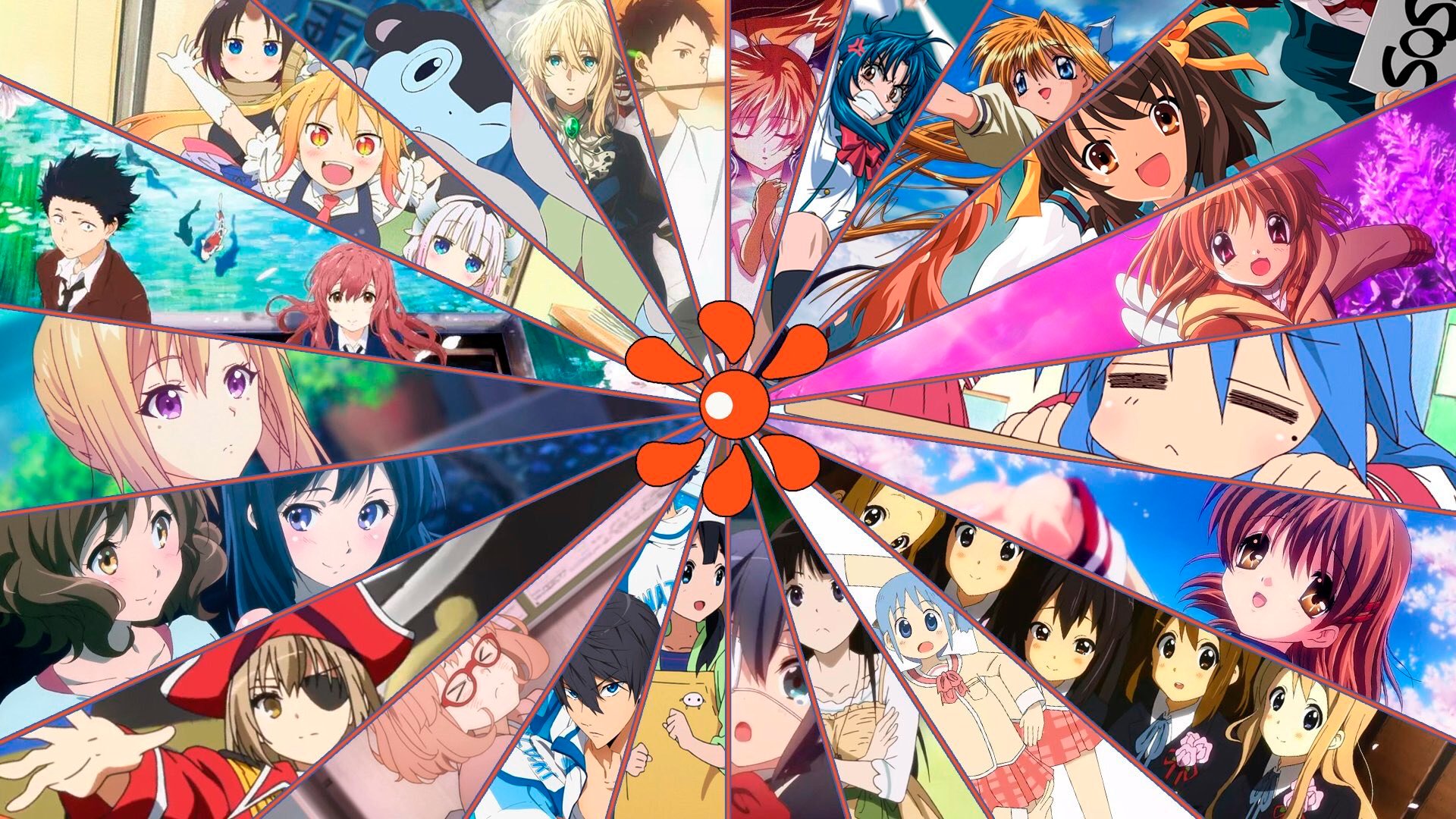
Kyoto Animation: The progenitor of waifus
Moe is hard to explain, but the goal of moe design is to make characters of any age appear younger, baby-faced almost. It has been around for long, like in Sailor Moon (1990s). However, one studio in the early 2000s revoluntionised the industry and made moe the standard - Kyoto Animation, or KyoAni. Shows produced by KyoAni’s female-majority staff like Haruhi, Nichijou, Lucky Star, K-On, and Clannad reached peak popularity in Japan and abroad. However KyoAni took a different approach to anime. They focused on character design, with large eyes and small nose and mouth being common across all. KyoAni did so to boost merch sales, as deeper character attachment means people would want to buy things that remind them of the same feeling. Today, moe is everywhere, losing its distinction from anime and becoming pne woth the medium.
Why does Moe Work?
So when we discussed moe, we saw how the proportions of facial features were changed. Similar proportions are found in faces of babies and puppies. Babies ilicit a ‘protect instinct’ in us, which has been studied and concluded to be important for our survival as a species. Nobel Laureate Konrad Lorenz expressed this instinct as ‘kindchenschema’ (baby schema). Infants of many mammal species have a suite of features, such as a large head, large eyes and a small nose, that prompt a caregiving response.
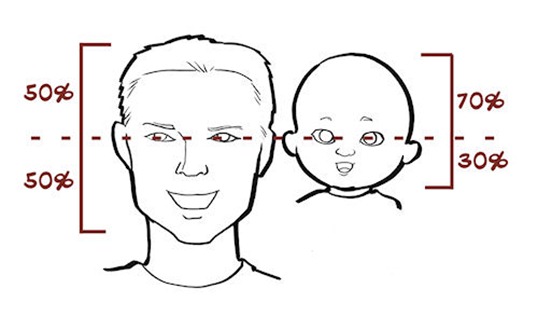
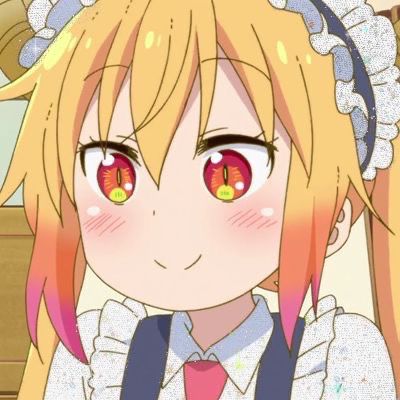
Notice something?
Here it is important to mention the point of waifus. It is an attachment to a character whom you want to protect (or sometimes be protected by). It is beyond romantic interest; it is about basic human attraction.
The Waifu Epidemic
Today, anime is big outside Japan. It has reached higher acceptance levels across communities. However, it does mean the waifu epidemic has well and truly spread. Outsiders might believe that waifu literally means wife, so it is okay to sexualise characters that might be like ten or eleven. Online communities get enraged to social media when their collective waifu is disfavoured in the show, spreading vitriol on the creators’ socials. Not cool.
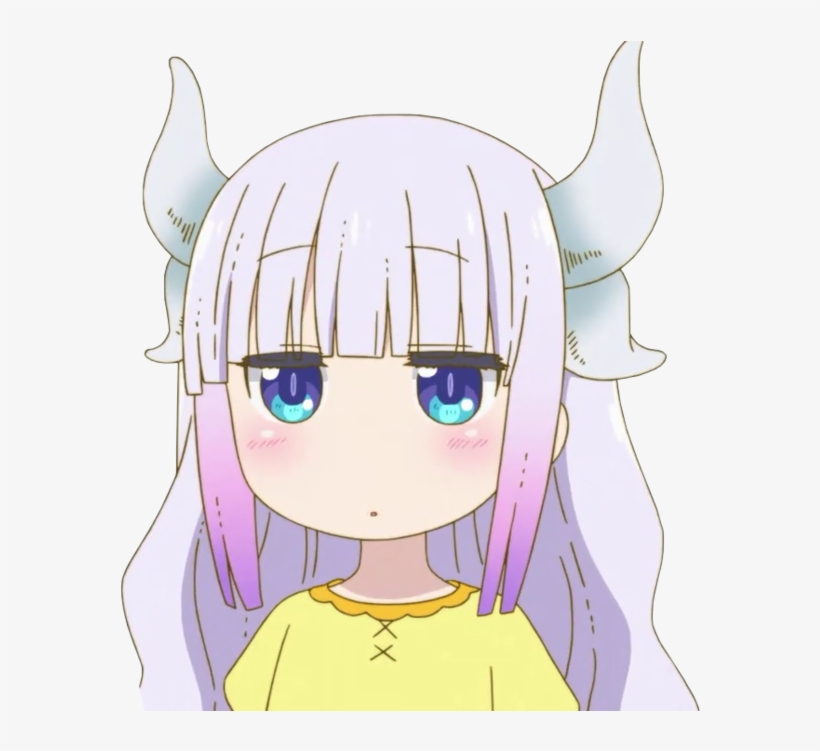
Protect, don’t fight over
I don’t have a solution to the epidemic. I can only hope people enjoy the shows, not getting caught up in defending their waifu on social media.
Thanks for reading! I hope you’ve enjoyed reading this article. You can find me on Linkedin and GitHub.
